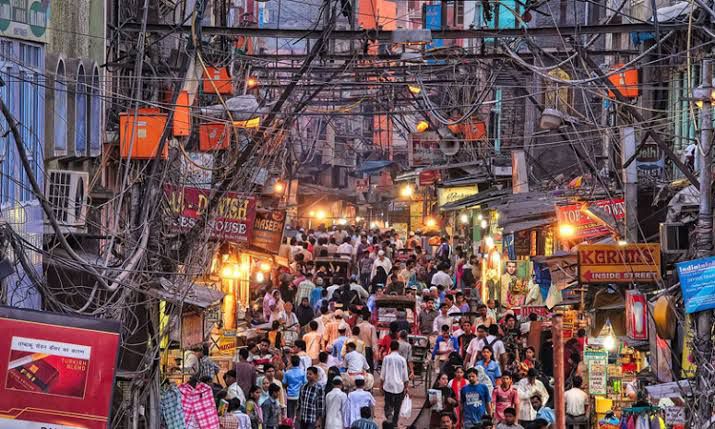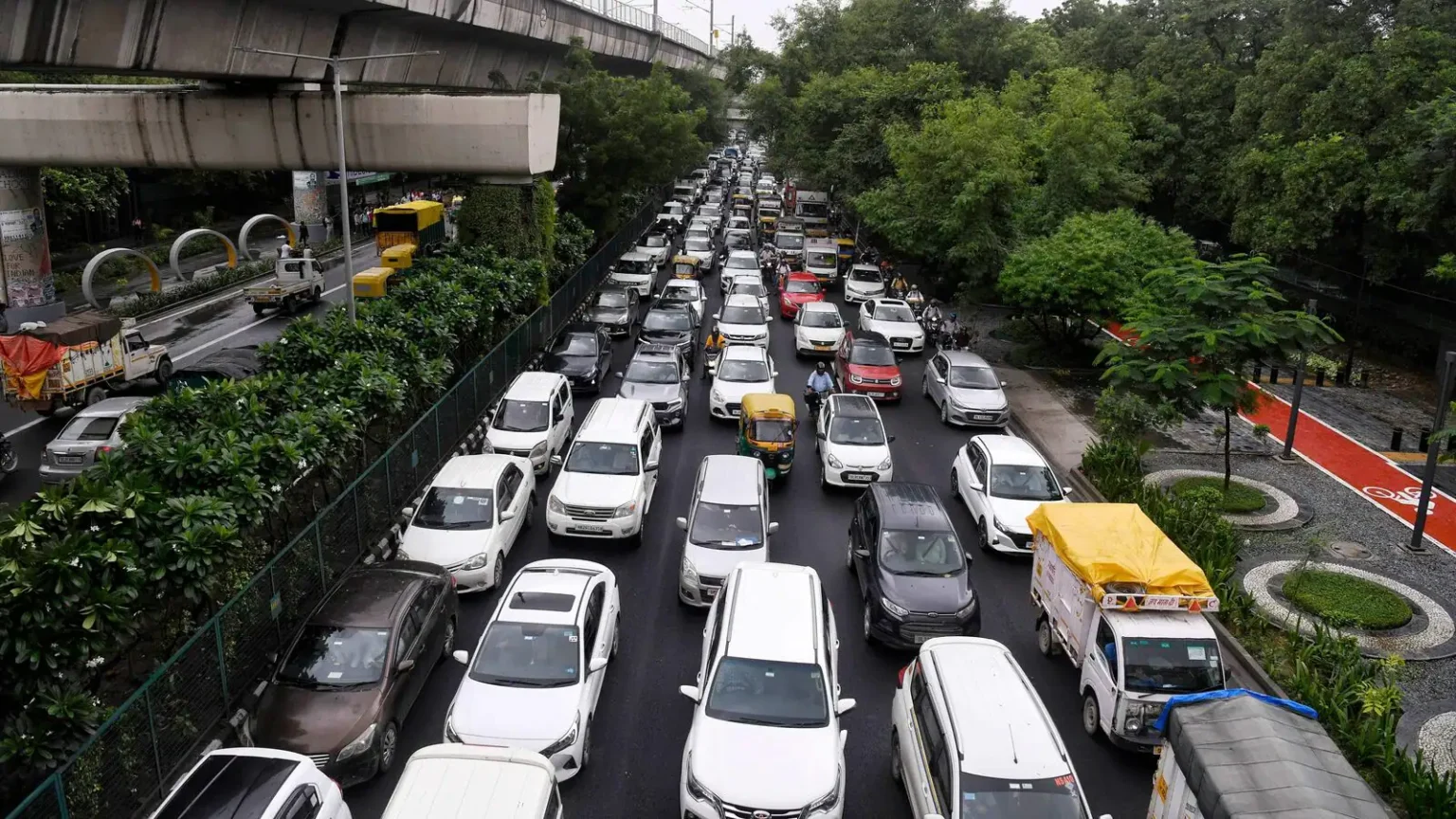
Pedestrian friendly urban planning becomes most important for Delhi since it continued to battle
bustling streets and traffic congestion despite several efforts aimed at transforming the city into
a chief pedestrian city of India.
Reasons for Poor Pedestrian Planning
- Unplanned development
Haphazard planning without well constructed pavements for foot walker’s led to ill designed infrastructures. While parks covered a total area of 8.1% in south-east Delhi,
north-east Delhi has only 1.2% parks of the total area, showed the analysis by the Centre for
Youth Culture Law and Environment (CYCLE). Therefore, the absence of green spaces also
encourages people to abandon walking altogether and rely mostly on private or public transport. - Traffic Congestion

The overwhelming number of vehicles in the city leaves little space for pedestrians to explore
the streets of Delhi. Nearly 504 pedestrian fatalities were recorded in Delhi as of 2021. Rohit
Baluja, Road safety expert and Chief of college for Traffic Management said that after 2020,
people largely shifted to private vehicles, 2 wheelers becoming the most common amongst
them. However, with an increasing number of vehicles on the street and no separate lane for 2
wheelers, pedestrian lanes were often seized by drivers to avoid traffic congestion, thus leaving
little space for people on foot.
3. Illegal Encroachments

In 2019, the Supreme Court lashed out at the Municipal corporations for keeping no check on illegal encroachments and suggested even cutting of electricity, water supply and sewer
services for such violators. The court also mentioned encroachments by household who
extended gardens and security cabins into the pedestrian walkways, giving other foot travelers
a delusion of it being a private space.
4. Failure to Implement a Parking Management System
Delhi governments’ plan of transforming Ajmal Khan Road and Chandni Chowk into pedestrian friendly-vehicular free zones are demonstrations of how the city failed to accommodate a parking management system into its planning. Vehicles rampantly claim parking spaces on pedestrian lanes.
While construction of 4 parking lots on Ajmal Khan Road have been proposed and tenders have been issued for the same, construction of only 1 parking lot is underway with no progress on the other 3. Shopkeepers have repeatedly complained of less sales due to less pedestrianization. Similarly, at Chandni Chowk, only licensed rickshaws are allowed inside the “no traffic zone”, however several 2 wheelers and fake licenses rickshaws are often found storming the street, forcing the pedestrians to sidewalks.
Draft Master Plan for Delhi 2041
DDA has been planning to make the streets of Delhi more walkable and cyclable in its Draft
Master Plan for 2041. The plan proposes to equitably share the distribution of roads between all
travelers. Identification of cycling corridors for making cycling highways, encouraging the use of
more e-bikes and e-cycles, provisions for more street furniture and drinking water facilities at
regular intervals.
Laying of multi utility zones for street vendors, display of public art and other activities to help
create a vibrant street life, ensuring pedestrian street lightening, installation of bicycle parking at
bus shelters, cross programming of subway and footover bridges and identification of active
travel areas with walk plans within a radius of 400-500m.













